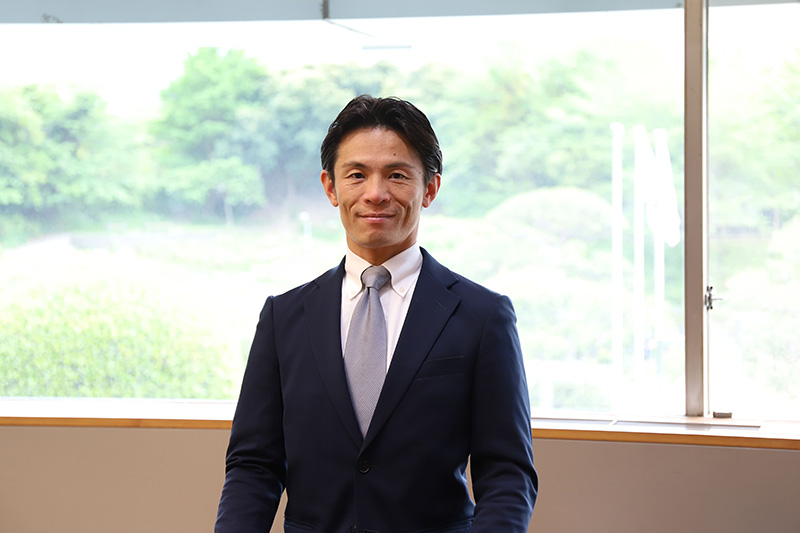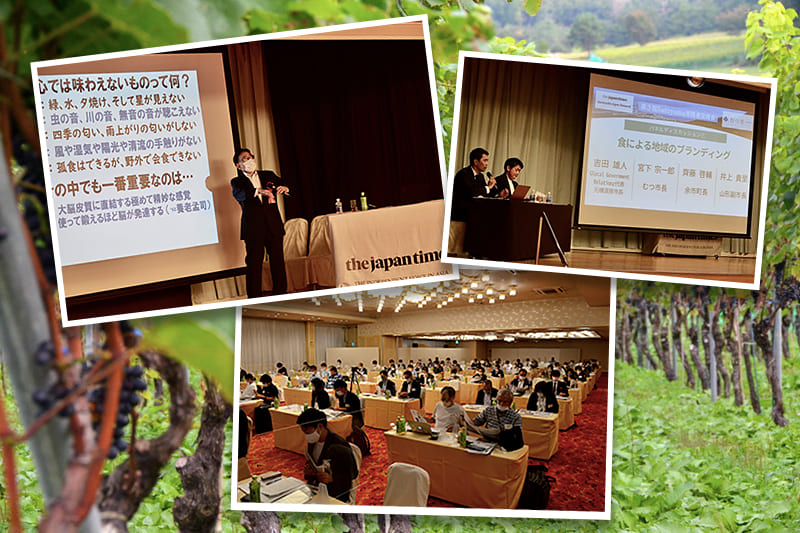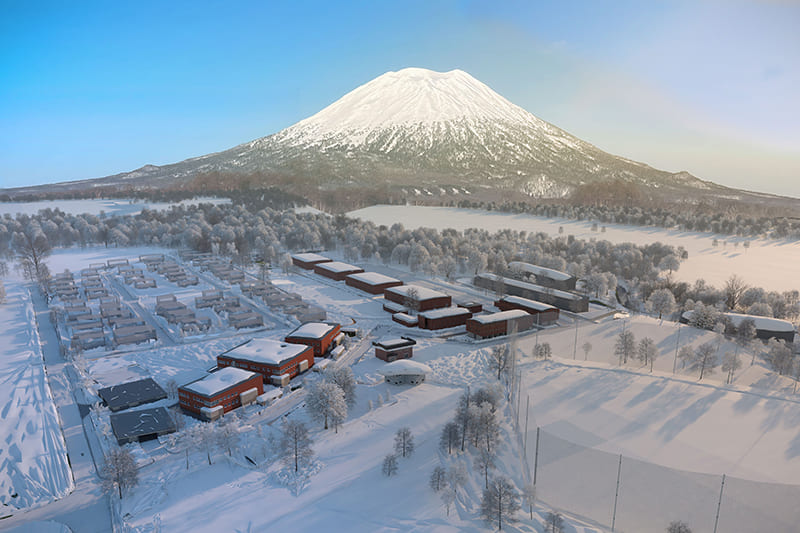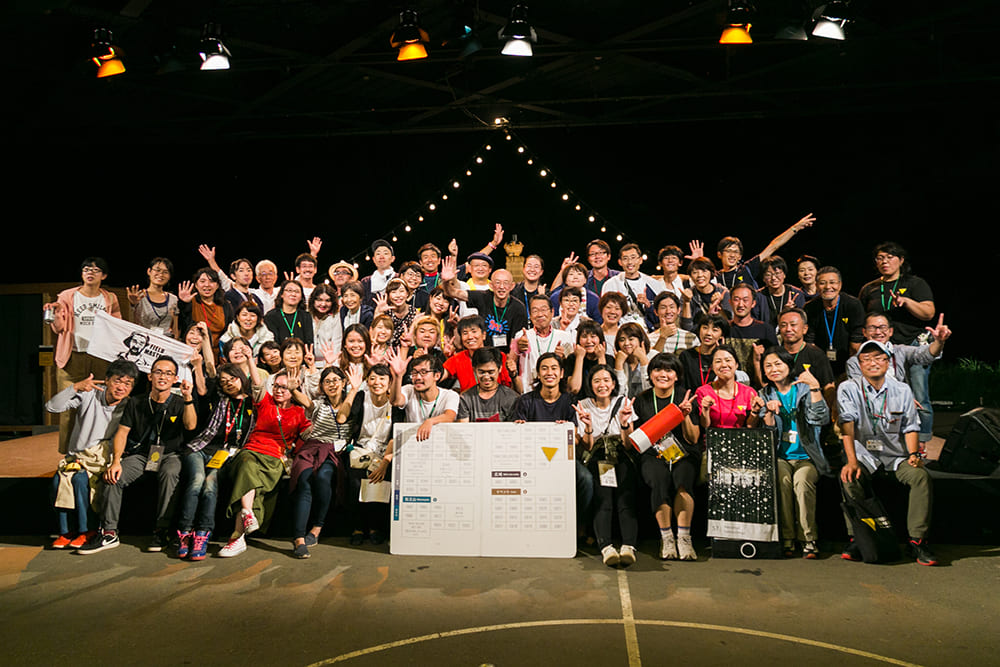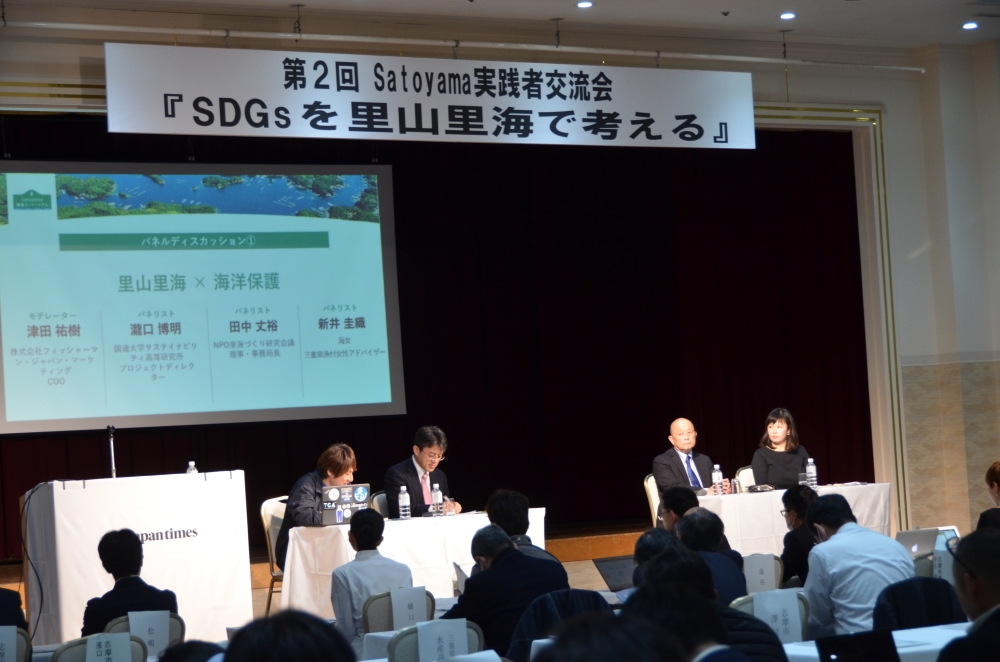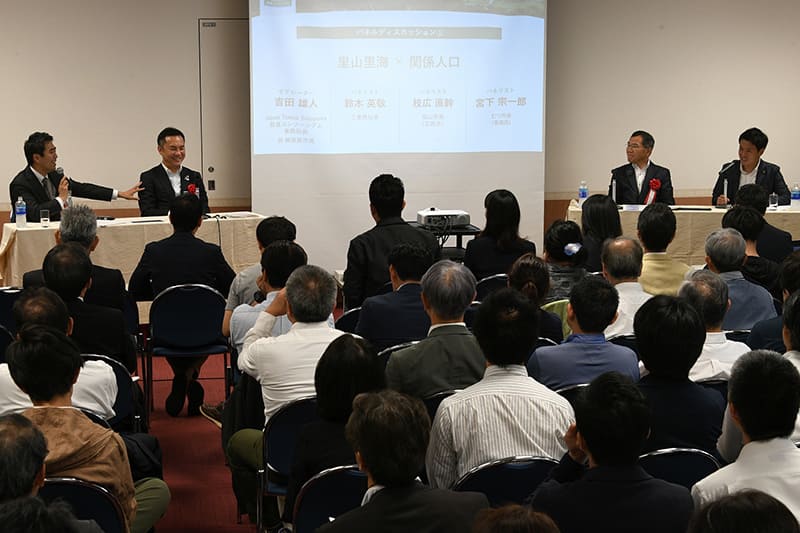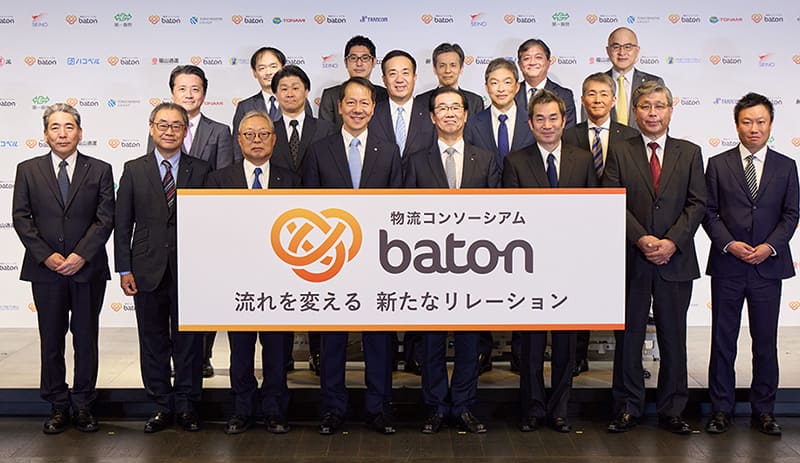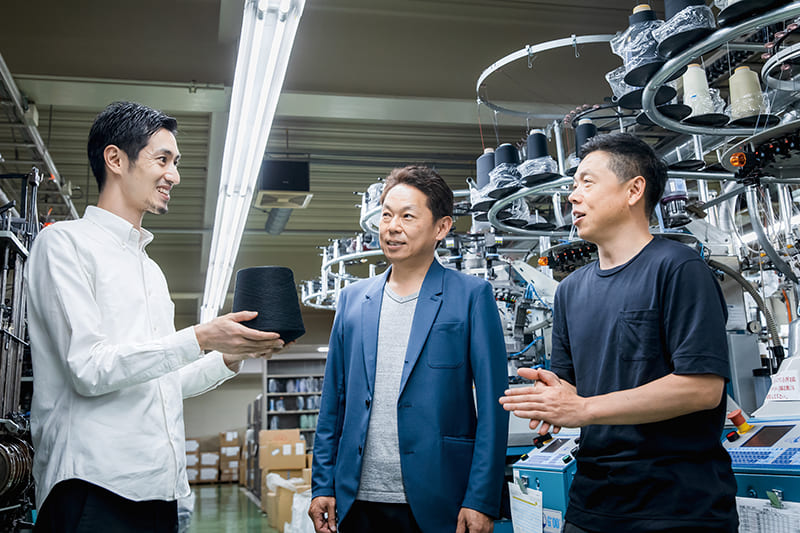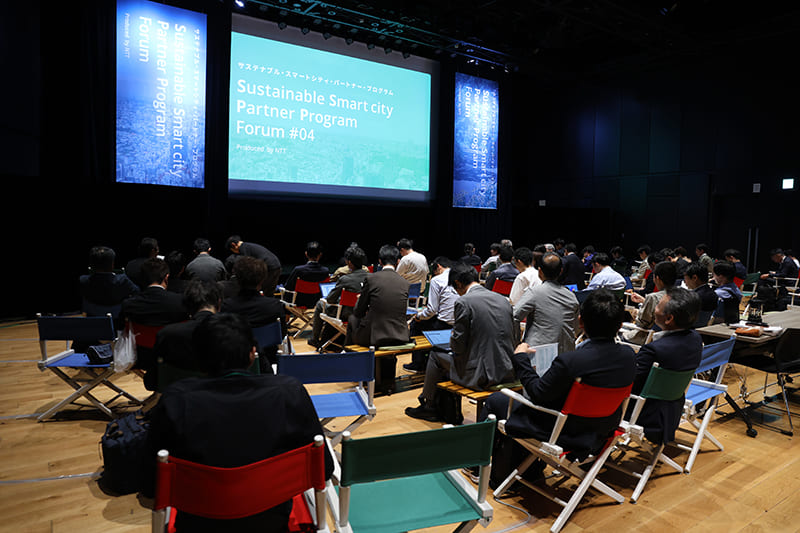July 30, 2021
Island town’s wave of reform reverses tide of depopulation
Contributing writer
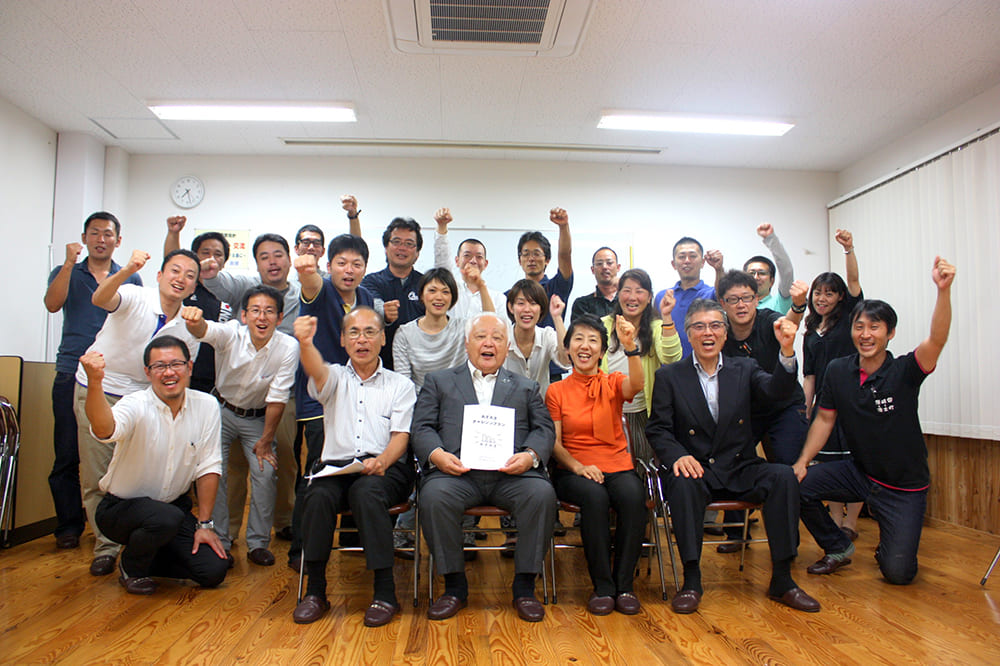
A small island in the Sea of Japan has managed to put the brakes on depopulation by preserving and improving its town through the united efforts of everyone — longtime residents, returnees and new arrivals, along with local government and businesses.
The 33.5-square-kilometer island is Nakanoshima, one of Shimane Prefecture’s four Oki Islands, which have been designated as a UNESCO Global Geopark, but it is better known as Ama-cho, or the town of Ama. In the 17th Satoyama Cafe, which was held online recently by the Japan Times Satoyama Consortium, Ama Mayor Kazuhiko Oe and entrepreneur Hiroshi Abe, who found hope and potential in this island and became a new resident 13 years ago, talked about how Ama and all of its stakeholders solved regional issues.
Agriculture and fishing are the main industries of Ama, whose population is only about 2,300. What makes the town unique is that this number has not changed much over the last decade even as most rural towns in Japan suffered from rapid depopulation and aging.
This is the result of continuous efforts beginning when former Mayor Michio Yamauchi was in office. Oe, who worked in the town office at that time, explained that the local government, driven by a sense of crisis due to the town’s debts, which had exceeded ¥10 billion (nearly $100 million), and the decreasing population, dared to execute drastic reforms that included saving as much as ¥200 million on personnel costs in a single year through salary cuts for all of the town office executives and workers as well as the local assembly members. “Initially the salary cuts were applied to executives starting with the mayor, then to senior employees. Then junior staff members began to ask for cuts in their salary as well. I had never seen negotiations for pay cuts,” Oe said.
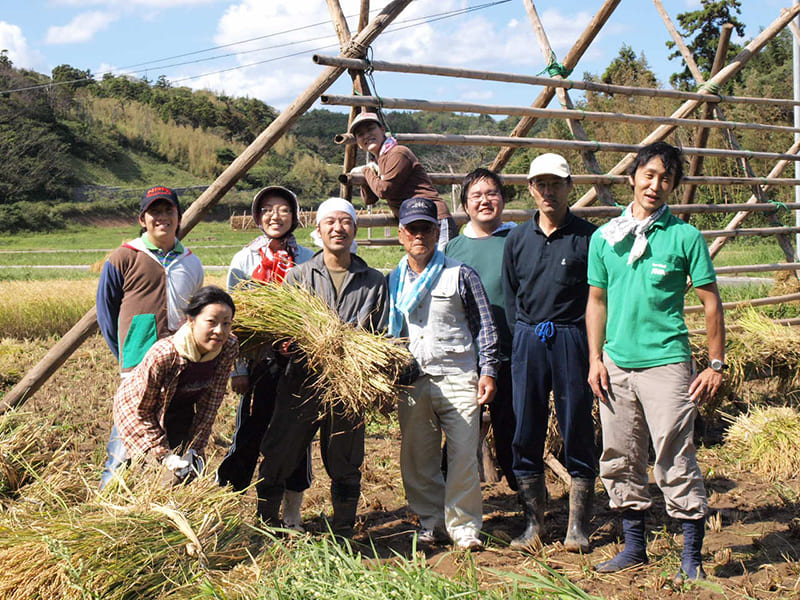
What happened next was even more astonishing. “The town’s elderly people started to say they wanted to give up their half-price discount on public transportation, a service that had been offered for people over the age of 70, saying they could not allow themselves to be dependent when the local government was doing so much,” Oe said.
Thanks to these efforts, the town was able to implement a new child care support program to grant allowances to families with a third newborn or more as part of the strategy to address depopulation.
The former mayor and Oe also focused on promoting local industries to solve the problem of a shortage of new blood in sectors like farming and fishing by encouraging young people from the outside to move to the island and take on challenges in those fields. “We thought that young people from urban areas with different perspectives might promote the products and resources of our town from different angles,” Oe said.
Between 2004 and 2020, as many as 779 new residents were accepted into the town, and 46% are still there. Abe, the president of a company called Kaze to Tuchi to (Wind and Soil), is one of them. He was fascinated to learn about Ama from a friend when he was working as a young engineer for the carmaker Toyota, and became even more attracted to the town when he visited it for the first time in 2006. He said there were many “cool adults” who were taking action and accepting change to improve the town they love.
He moved to the town in 2008, and he and his team — now consisting of six employees, including one from Toyota on temporary assignment and an intern — have been offering human resource development programs for municipalities, companies and universities, leading regional strategies and projects, and engaging in the publishing business. He was also the main member of the group that created the town’s official general strategy in 2015. The group was unique in the sense that it consisted of 10 new residents and 10 who had returned after moving away.
The town and its supporters are reinforcing entrepreneurial support, promoting “slash careers” — multiple careers at once — among town officers as well as workers in primary industries, accepting interns and new residents, and managing a recently opened hotel, Ento. “I was 29 when I moved here. I want to keep the town open for new 20-somethings to take action,” said Abe.

